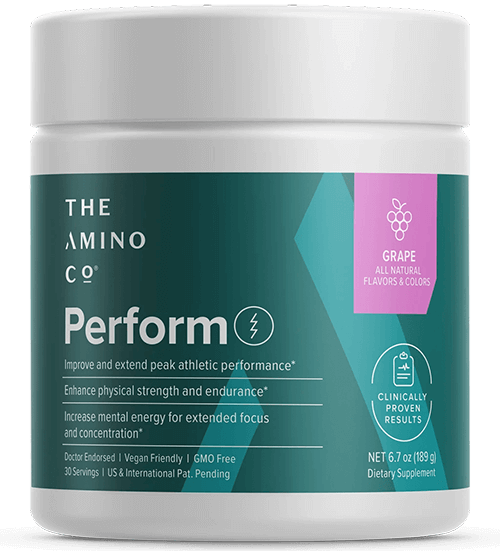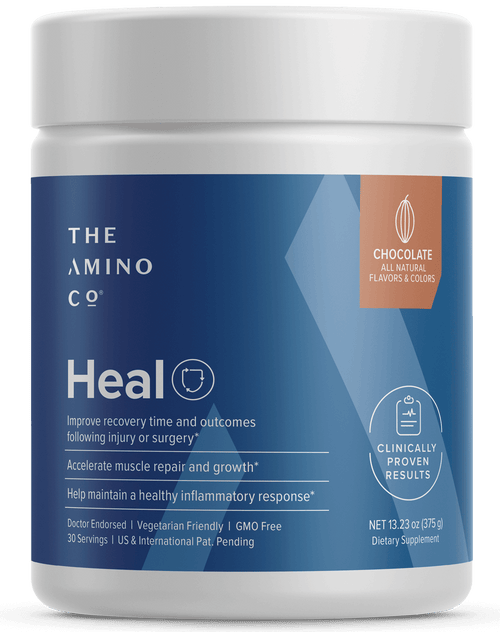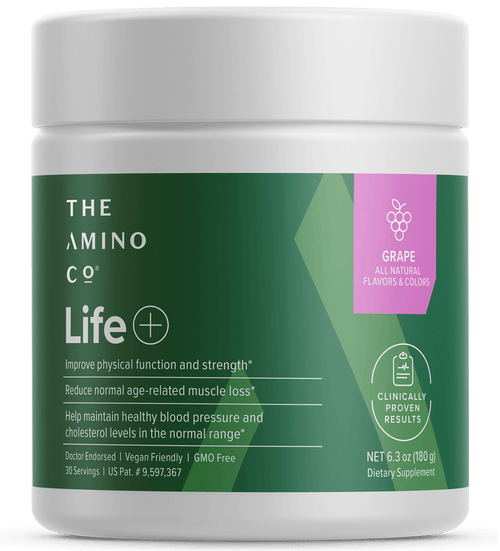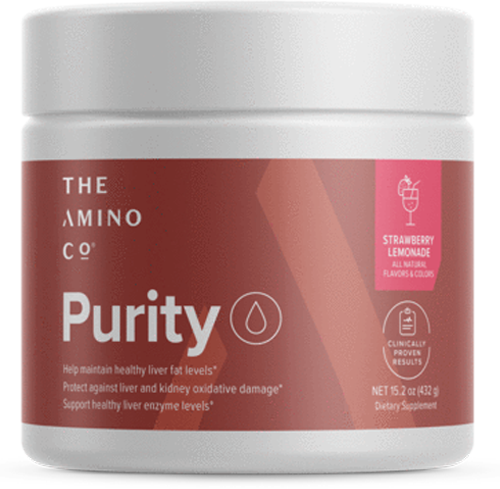Do You Have Migraines? Learn How to Use Essential Oils for Headaches
 By: by Amino Science
By: by Amino Science
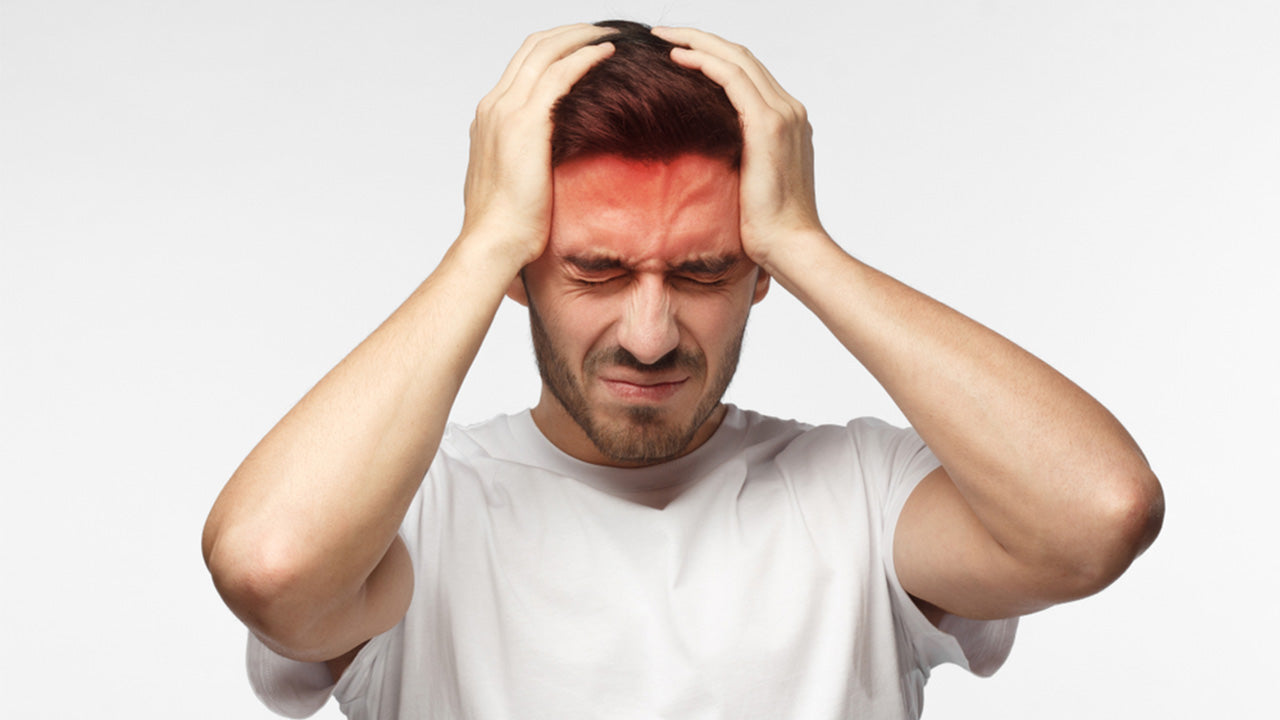
According to Harvard Medical School, every year nearly 95% of women and 90% of men experience at least one headache. Of these, 95% are caused by normal conditions like caffeine withdrawal, changes in barometric pressure, hunger, lack of sleep, stress, fatigue, anxiety, changes in hormone levels, or dehydration. In rare cases, headaches can be caused by a serious underlying medical condition such as high blood pressure, an infection, a tumor, an aneurysm, or something even more severe.
Relieving the pain of a headache or a migraine and the accompanying symptoms may require multiple treatments. In conventional medicine, over-the-counter pain medications like ibuprofen, NSAIDs, and acetaminophen are often recommended. If you have chronic headaches or experience migraines often, your doctor may prescribe more aggressive treatments including prescription painkillers and preventative treatment drugs.
If you prefer a more natural approach to treating migraines and headaches, essential oils may provide relief. Understanding the type of headache you are experiencing can help you choose which essential oil is suitable for your pain.
Types of Headaches and Their Symptoms
There are six common types of headaches that are generally no reason for alarm. In fact, the vast majority of adults experience at least one headache each year. Here are the common headaches to watch for.
1. Tension Headache
A tension headache is caused by stress and anxiety. The pain is often dull, and pressure occurs in the forehead or the back of the head and neck. Tension headaches can feel like there is a vice squeezing the skull. This is the most common type of headache for adults in the United States.
In fact, researchers estimate that 80% of adults in the U.S. get a tension headache “from time to time” while 3% of the population get them daily. Women are twice as likely as men to experience tension headaches. The pain and discomfort can last anywhere from 30 minutes to a couple of days.
2. Sinus Headache
Sinus headaches are caused by a buildup of pressure in the sinus cavity. The pain is deep, consistent, and persistent. Areas affected by a sinus headache include the bridge of the nose, the cheekbones, and the forehead. The pain of a sinus headache can get more intense if you move suddenly, like when you rise from a chair.
Accompanying symptoms of a sinus headache include fever, post-nasal drip, a runny nose, swelling in the face, and a feeling of fullness in the ears. Essential oils for sinus headaches may help relieve the pressure and ease symptoms.
3. Cluster Headache
Cluster headaches are a series of short headaches that occur within a set period of time. The pain is incredibly painful, and cluster headaches can be debilitating. They tend to occur seasonally, and pain generally presents around one of the eyes.
The pain of a cluster headache can be more severe than that of a migraine headache, but cluster headaches don’t typically last as long. Cluster headaches are one of the least common types of headaches, affecting less than 1 in 1,000 people.
4. Hormone Headache
Changes in estrogen and progesterone levels can cause a severe headache, known as a hormone headache. As hormone levels fluctuate, pain can develop and be accompanied by nausea, vomiting, sensitivity to sound and light, joint pain, fatigue, and food cravings.
In addition to being triggered by the natural ebb and flow of estrogen and progesterone, hormone headaches can be caused by certain medications. Hormone replacement therapy and birth control pills can cause these painful headaches, as can pregnancy, menopause, menstruation, and perimenopause.
5. Exertion/Exercise Headache
Exercise headaches are brought on during or after physical activity. Playing tennis, rowing, swimming, running long distances, scuba diving, weight-lifting, exercising at high altitudes, and even sexual activity can cause this type of a headache. Exertion headaches typically occur in younger people and are caused by an increase in blood pressure in the blood vessels of the brain. This results in a pulsing or throbbing pain that can be worsened by changes in barometric pressure.
6. Migraines
Migraines can be triggered by insomnia, hormone changes, loud noises, environmental conditions, stress, and even bright lights. Migraines are marked by their intense pain and accompanying symptoms, including a keen sensitivity to light, sound, and smell. These are recurrent headaches, and the overall symptoms can last for several days at a time.
Women are three times more likely than men to have migraines, and there may be a genetic component that weighs into the overall risk. The pain generally presents on just one side of the head, and vomiting and nausea may occur in tandem. Approximately one-third of people with recurrent migraines experience an aura, or a change in visual perception, five minutes to an hour before the onset of a migraine.
Headache Emergencies
The vast majority of headaches are not life-threatening. However, some headaches can indicate you are experiencing a true medical emergency. One of these types of headaches is called a thunderclap. A thunderclap headache comes on abruptly and without warning. The pain is intense and severe. It may be felt in the head, neck, or the back—or all three.
Call 911 immediately if:
- The headache comes on suddenly, without warning, and is severe.
- A chronic headache worsens after exertion, coughing, or sudden movement.
- You experience a headache in the days following a head injury.
- You experience new headache pain after the age of 50.
- Or if a headache is accompanied by:
- Fever
- Stiff neck
- Mental confusion
- Seizures
- Double vision
- Trouble speaking
- Numbness

How Essential Oils Work
Essential oils have been used for thousands of years by native cultures to relieve pain, fight infections, improve mood, boost the immune system, improve circulation, heal respiratory conditions, reduce inflammation, and much more. Today, aromatherapy is used by natural health practitioners and in hospitals across the globe.
More and more clinical research is being conducted on individual essential oils and their roles in modern medicine. Currently, there are over 200 clinical trials listed in the National Institute of Health’s U.S. National Library of Medicine database. A quick glance shows that clinical trials are being done the world over to determine their effectiveness for conditions including:
| Autism | Anxiety |
| Dental diseases | Certain types of cancer |
| Urinary tract infections | High blood pressure |
| Cardiovascular health | Chronic pain |
| Anorexia | Tonsillitis |
| Osteoarthritis | Dementia |
| Fatigue | Hypothyroidism |
Essential oils can be diffused and their aromas inhaled, or they can be applied topically. In aromatherapy, it is believed that all organs in the body are related in some way to the olfactory system. And when we inhale molecules in the essential oils immediately travel to the brain and then through the respiratory system.
In some cases, the application of essential oils can help to relieve pain, including headaches. However, some essential oils for headaches can cause irritation when applied directly to the skin. Before application, mix essential oils with a carrier oil like coconut oil or jojoba oil to avoid irritation or a rash.

5 Best Essential Oils for Headaches
When purchasing essential oils for migraines and other conditions, it is important to select high-quality essential oils that are therapeutic grade. This typically means that you cannot purchase them from your local grocery store or mega-mart. However, there are a number of high-quality essential oils available on the market today including Doterra essential oils and Mountain Rose Essential Oils. If major therapeutic brands aren’t available near you, be sure to purchase certified pure and organic essential oils for best results.
1. Lavender Essential Oil
Lavender essential oil is one of the most popular today and possibly the most effective essential oil for migraines. It has been proven to relieve anxiety, promote sleep, and relieve migraine pain.
In a clinical trial published in the journal European Neurology, researchers found that inhaling lavender essential oil is a safe and effective treatment for managing migraines. In this small study, participants inhaled lavender essential oil for 15 minutes; 92 out of 129 participants responded partially or entirely to lavender essential oil.
2. Peppermint Essential Oil
Peppermint essential oil contains menthol, which has been shown to have analgesic properties. In a comprehensive review published in the International Journal of Molecular Sciences, researchers found that topical application of peppermint oil can relieve headaches. While this review didn’t specifically mention peppermint oil for migraines, you can try applying it directly to areas of pain. As peppermint oil can cause skin sensitivities, mix with a carrier oil before applying to your skin.
3. Clary Sage Oil
Hormone headaches caused by fluctuations in estrogen and progesterone levels may be relieved by inhaling clary sage. Clary sage oil is known to help balance estrogen levels, and it can even help reduce cortisol levels in menopausal women when inhaled.
If you don’t have a diffuser, bring a cup of water to just a simmer, and remove from the heat. Wait 2 minutes, and then add 10 drops of clary sage oil. Immediately put your head over the pan, and inhale deeply for 5 to 10 minutes. For more intense inhalation, cover your head with a scarf or a towel.
4. Eucalyptus Oil
For sinus headaches caused by an upper respiratory tract infection, inhaling eucalyptus oil can help relieve and improve symptoms. Eucalyptus oil as analgesic effects, and it is a powerful anti-inflammatory that can help ease bronchitis and other respiratory conditions.
Eucalyptus oil can cause skin irritation and a rash; dilute with a carrier oil before applying to your skin. If you have a persistent respiratory condition, applying a DIY vapor rub using eucalyptus oil, coconut oil, and peppermint oil, may help to relieve headache pain and other distressing symptoms.
5. Lemon Balm
Lemon balm is related to other aromatic spices in the Lamiaceae family, including mint, rosemary, and thyme. According to a wide-reaching review of studies published in the journal Pain Research and Management, authors found that lemon balm demonstrates powerful anti-inflammatory properties and can relieve anxiety and headaches.
Lemon balm essential oil is also known as Melissa officinalis, and it may help ease tension headaches as it reduces stress and common anxiety symptoms and instills a sense of calm.
In addition to essential oils, you can help ease the discomfort of migraines with extra nutritional support from amino acids, the building blocks of protein. Visit our product page to learn more about our targeted amino acid supplements designed to support the needs of your brain and body.
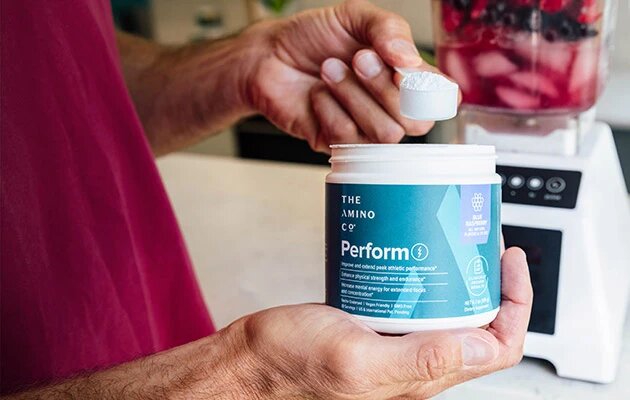
Up to 25% off Amino
Shop NowTAGS: conditions natural cures
Join the Community
Comments (0)
Most Craveable Recipes

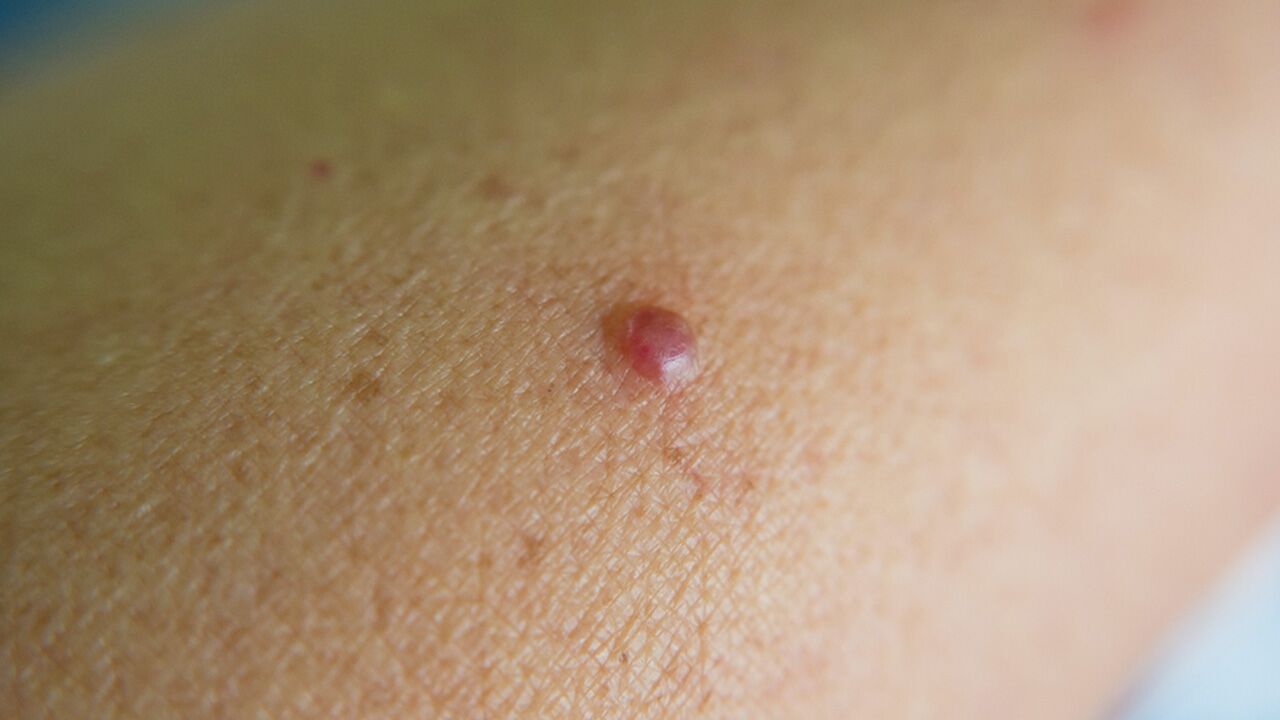


 833-264-6620
833-264-6620












